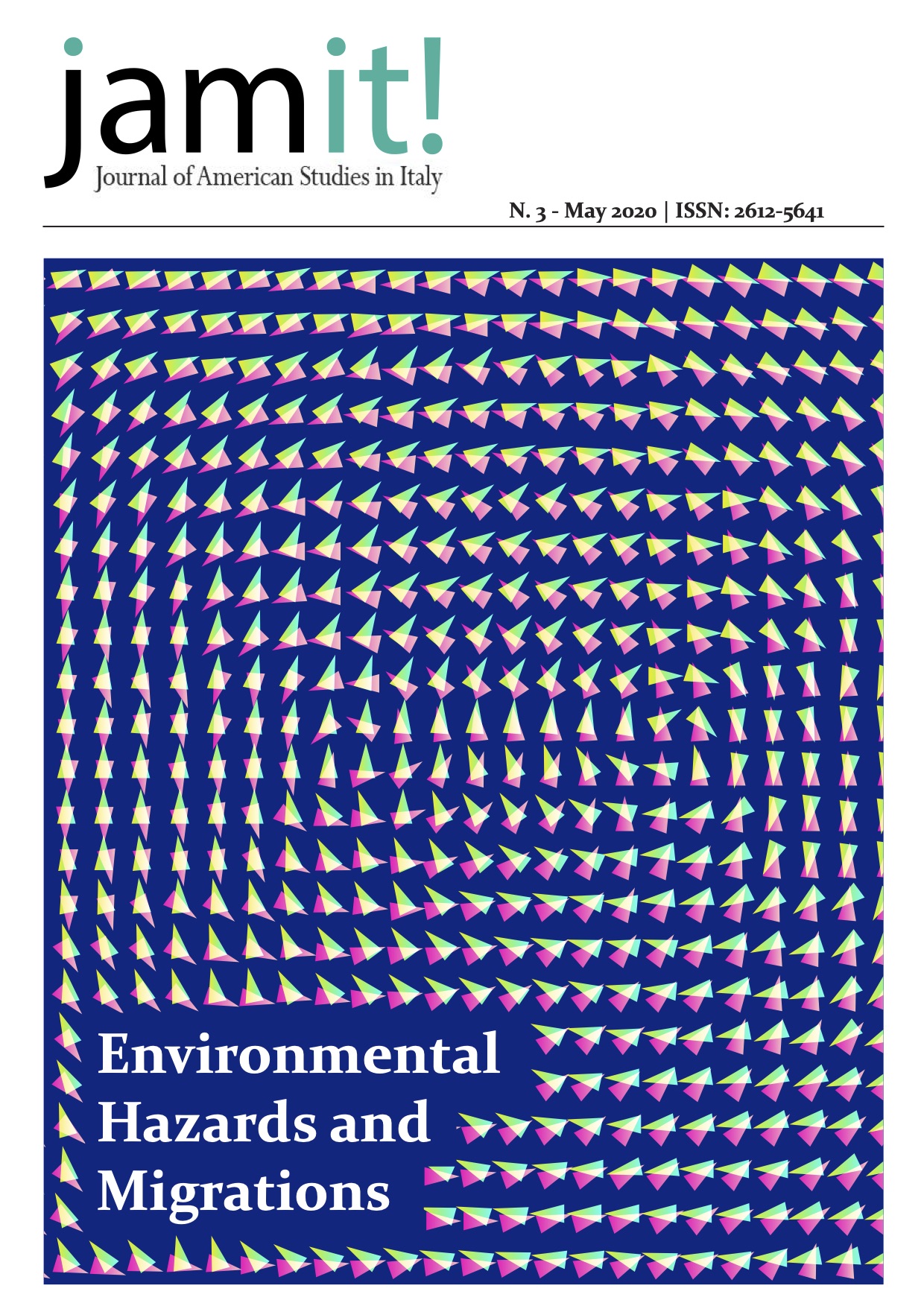Ready Player One: Levels of Reality
DOI :
https://doi.org/10.13135/2612-5641/4229Mots-clés :
Utopian Fiction, Dystopian Fiction, Nostalgia, Geek CultureRésumé
In this paper, I would like to address the way in which the three levels of reality (utopian, dystopian, and retrotopian) in Steven Spielberg’s movie Ready Player One catalyse the plot and allow for a reflection on the role of nostalgia in our contemporaneity.
Following Zygmunt Bauman’s definition of retrotopia as a leaning towards the past in search of the ideal society, I argue that the metafictional references scattered throughout the movie represent well the contemporary need to evoke the past and seek refuge in it through the assimilation of pop culture of the 80s and 90s. Moreover, I argue that the movie allows for a critique of the categories of utopia and dystopia, highlighting their intricate relationship and their nuanced meaning, and advocating for a shift of our attention towards the issues of the present.
Téléchargements
Publiée
Numéro
Rubrique
Licence
Authors who publish with this journal agree to the following terms:
- Authors retain the copyright and full publishing rights for their submissions to the journal.
- Authors grant the journal right of first publication with the work simultaneously licensed under a Creative Commons Attribution-NonCommercial-NoDerivatives 4.0 International License that allows others to share unedited work for non-commercial purposes with an acknowledgement of the work's authorship and initial publication in this journal.
- Authors are able to enter into separate, additional contractual arrangements for the non-exclusive distribution of the journal's published version of the work (e.g., post it to an institutional repository or publish it in a book), with an acknowledgement of its initial publication in this journal.
- Authors are permitted and encouraged to post their work online (e.g., in institutional repositories or on their website) prior to and during the submission process, as it can lead to productive exchanges, as well as earlier and greater citation of published work (See The Effect of Open Access).




